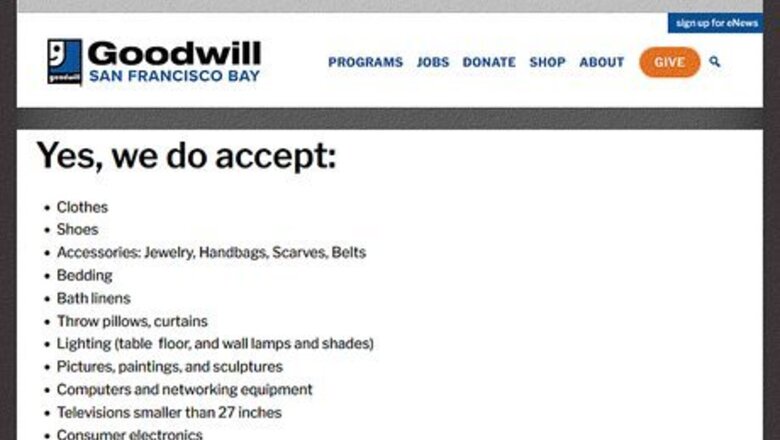
views
X
Trustworthy Source
Greater Good Magazine
Journal published by UC Berkeley's Greater Good Science Center, which uses scientific research to promote happier living
Go to source
In this article, we'll walk you through what items Goodwill accepts and how to donate them so your charitable donation quickly finds its way to those who need it.
- Collect items for donation and check what your local Goodwill is currently accepting by searching your local donation center’s webpage.
- Make a list of the items you’re donating and value them according to the Goodwill Valuation Guide. Then, bring your items to your local donation center in a reusable container.
- Bring your items to your local donation center and ask for a receipt for tax purposes. Be sure to check the receipt before you leave to ensure its accuracy.
Gathering Donatable Items
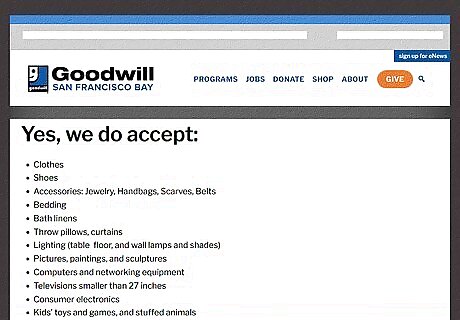
Check that Goodwill will accept your items. Goodwill accepts most new, like new, and gently used household items, clothing, shoes, accessories, furniture, electronics, books, and more. That said, local donation policies are always changing depending on need, so be sure to check out your local Goodwill donation center website to double-check what they're currently accepting. Some common items that Goodwill does not accept include: Carpet/carpet padding Chemical products Cribs CRT, DLP, or rear-projection TVs Large appliances (refrigerators, washers/dryers, etc.) Mattresses/box springs Weapons

Sort your donations into categories. Whether you've come across clothing you rarely wear anymore while spring cleaning or simply emptied out a storage closet cluttered with infrequently used items, gather all of your potential donations into one spot. To make things easier on yourself, try dividing your potential donations according to type, making piles for things like: Books Clothing Electronics Houseware Shoes
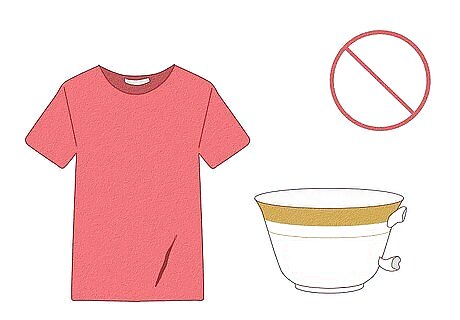
Avoid donating damaged or separated items. Donating broken items or items that have been split from a pair won't help anyone out, so it's important you give all items you're considering for donation a brief inspection to ensure each has all of its parts and pieces and is undamaged. For example, if an article of clothing is ripped or your china set is cracked, those items won't be good contenders for donation. Test out electronics and appliances to see if these are in working order. This way, you can be sure your donation makes a difference. Try to keep items that belong together from being separated, as a single shoe or dish will be far less useful than a complete set. To do this, consider using a rubber band to prevent shoes or other sets from losing a mate.

Make a list of what you're donating and evaluate the worth of your items. Making a list of all the items you've collected is particularly useful if you plan to use these donations as a write-off for tax purposes. Write down all the items you are planning to donate, and then use the Goodwill Valuation Guide to estimate the worth of your donation.

Load your donations into a reusable container. Plastic totes or containers are often more durable than plastic bags or cardboard boxes, which can be especially helpful when moving heavy or cumbersome donations. Not to mention, by transporting your things to a donation center in a reusable container, you’re helping protect the environment by reducing waste! No need to include hangers for your clothing items—Goodwill will handle that for you. Keep things organized by bagging or boxing up similar items together, like dishware sets and stationery.
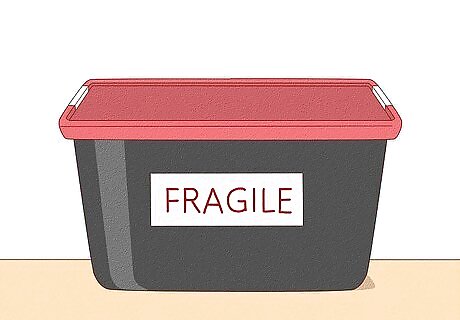
Label fragile items. If you're donating something that has delicate parts or could break, hand these items to a Goodwill attendant as soon as you arrive at your donation center to avoid an unfortunate accident. Alternatively, if you're donating several fragile items or handing off your fragile item isn't an option, carefully package each item and clearly label each box with the word "Fragile." Not only will a broken item lose much, if not all, of its value, but these can also be a safety hazard for Goodwill employees.
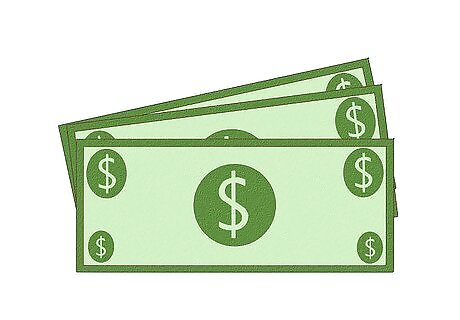
Consider making a monetary donation. Goodwill aims to make a positive difference in the lives of the community members they serve. For example, Goodwill has earned over 80 million dollars put towards job training programs and employment placement services. By making a monetary donation to Goodwill, you can be a part of these positive changes at a local or national level. Talk about a positive impact! Donate your money by check or in cash at your local Goodwill. Make an online donation through Goodwill’s website at: https://www.goodwill.org/donors/financial-donation/ Make out checks sent by mail to "Goodwill Industries International, Inc." at the address:Goodwill Industries International, Inc.15810 Indianola DriveRockville, MD 20855
Dropping off Donations

Find your nearest Goodwill donation center. Goodwill is a large charitable organization with facilities throughout America, Canada, and other countries as well! To find your local donation center, do a general internet search for "Goodwill Donation centers near me," or you can visit Goodwill’s homepage and use the store locator feature at the top of the page. Some Goodwill locations offer home pickup. If this service is available, it will be listed on your local Goodwill's website near the instructions for donating.
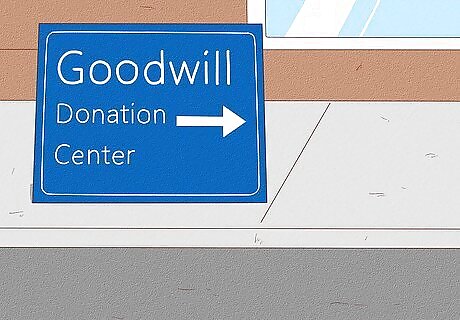
Park at the loading area or speak with an attendant. When using a car to transport your donation(s), you'll see signs directing you to the drop-off location at your local Goodwill, often in the parking lot. Follow these signs, and after you park, a donation attendant should come and help you unload your donations. If you’re arriving with a donation on foot, bring your donation through the front door and ask for help from an attendant at the front counter.
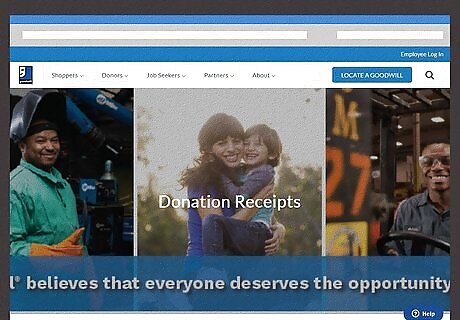
Get a donation receipt if you desire. Charitable donations are tax-deductible in the USA and can save you some money during tax season. When you are dropping off your items for donation, ask the attendant helping you for a receipt for your contribution. Donation receipts are also available online at https://www.goodwill.org, or you can scan a QR code at your local donation center or text RCPT to (628) 345-5959 Keep your donation receipt until it is time for you to file taxes, then file the information in the appropriate section for charitable deductions.

Look over your donation receipt for accuracy. It's easy for an item to be overlooked when you bring in a major haul for donation, so it's important that you verify all the items you donated are included and properly valued on your receipt. By checking the donation receipt against the list of items to donate you made previously, you can rest assured that you are not only helping people but also getting the highest possible tax deduction.



















Comments
0 comment